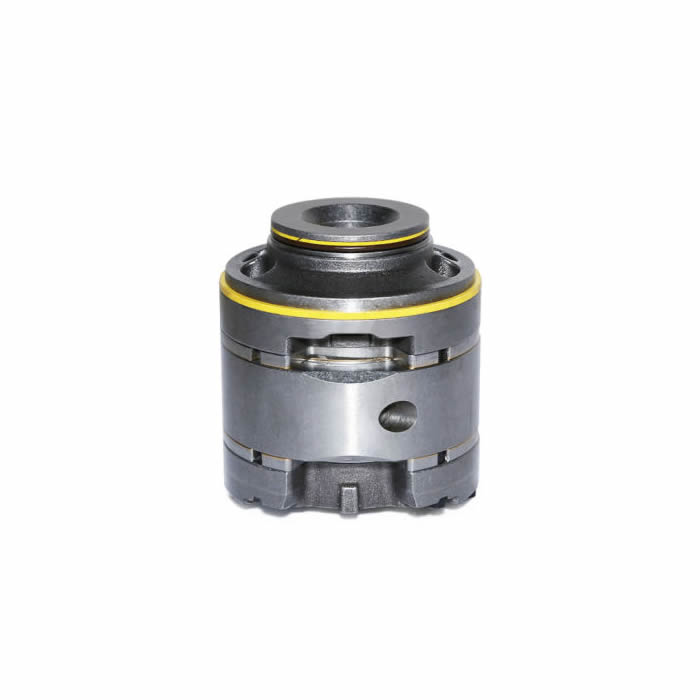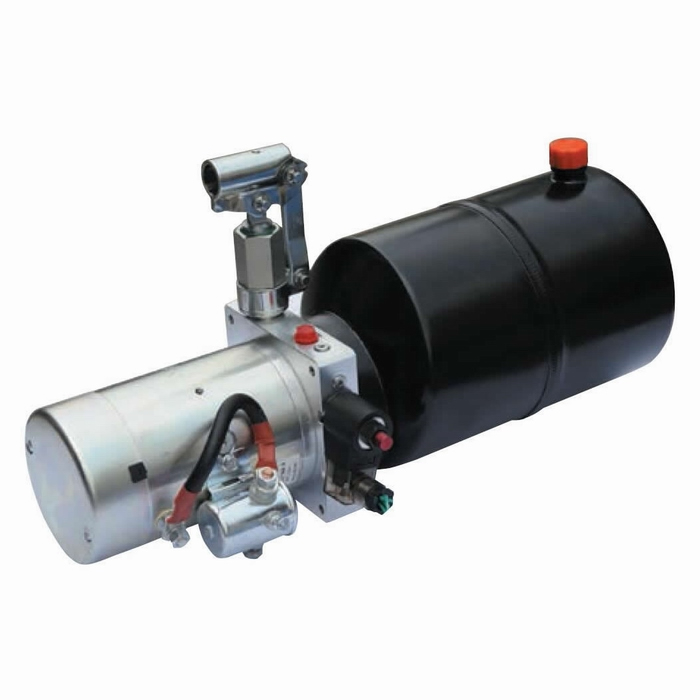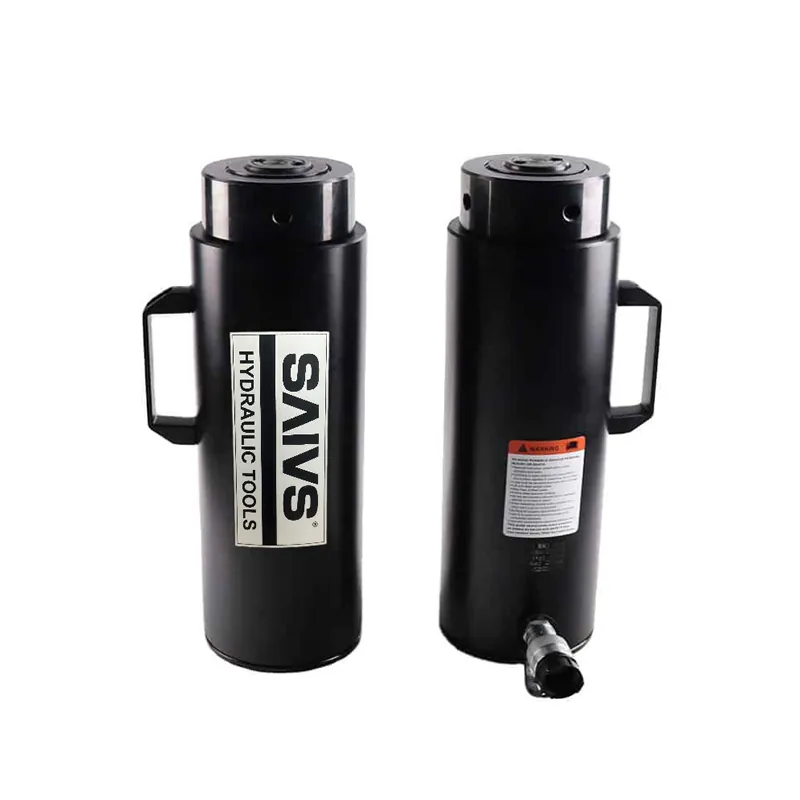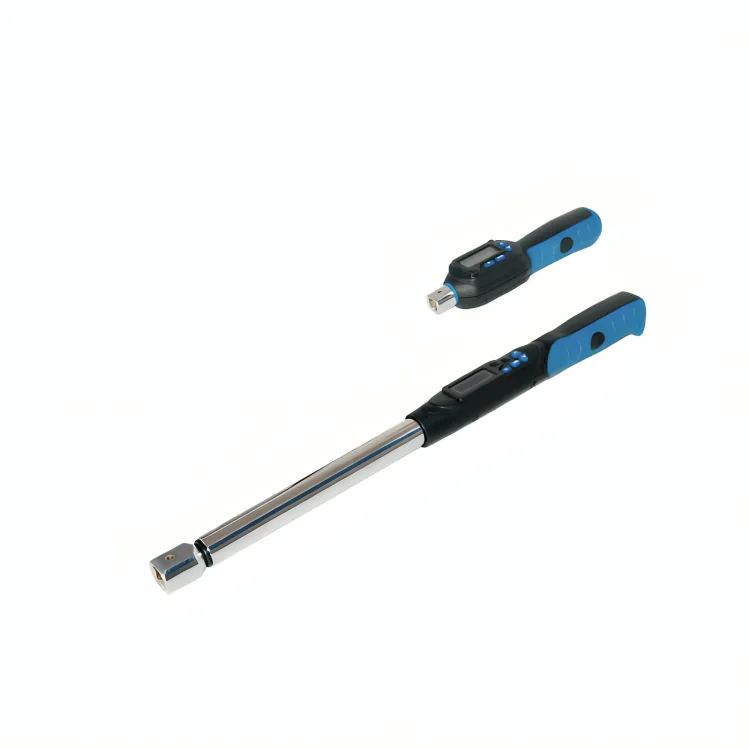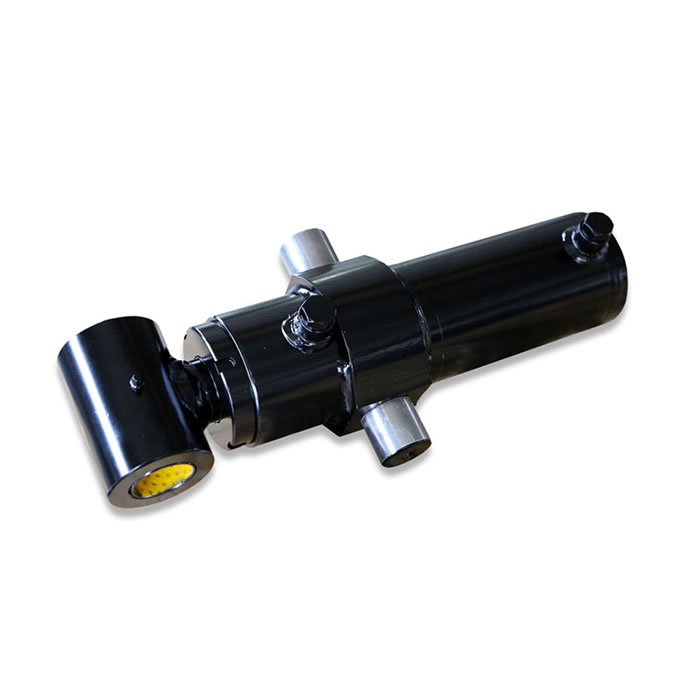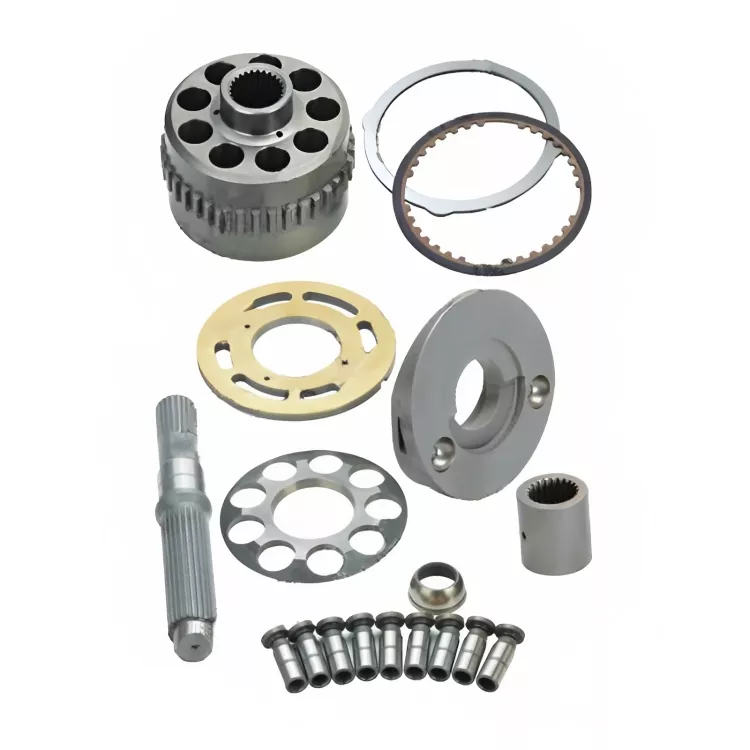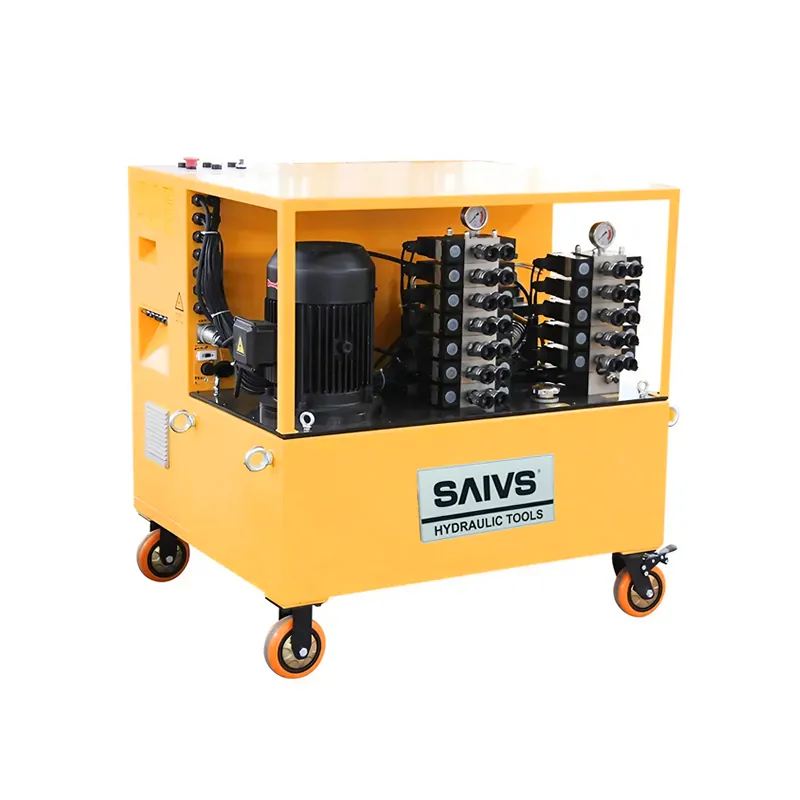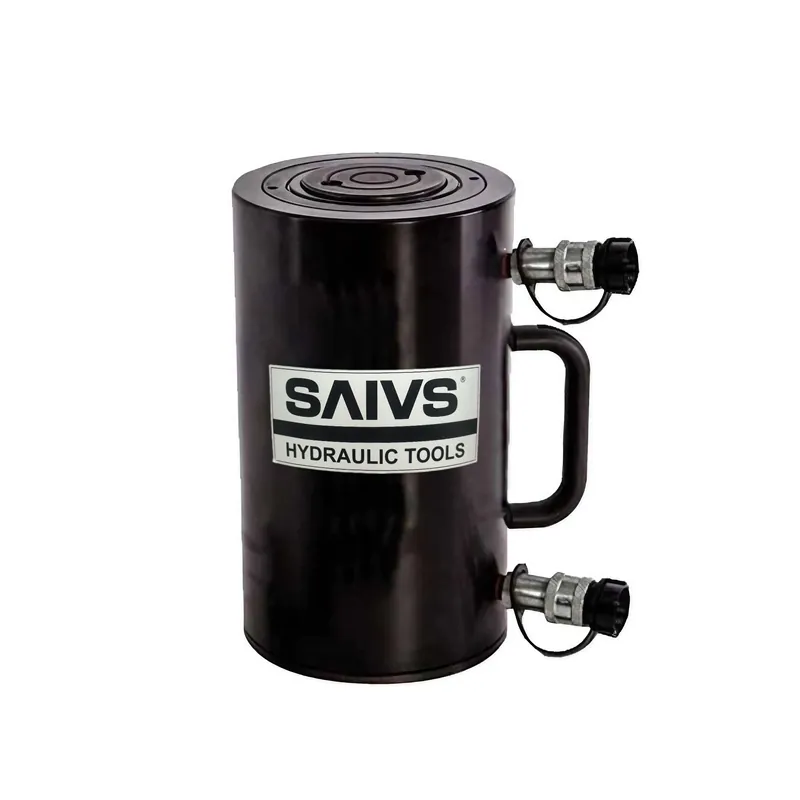Vibration and Noise in Hydraulic Systems: Causes, Effects, Control Strategies
Vibration and noise in the Hydraulic System are two kinds of coexisting harmful phenomena, with the development of hydraulic transmission technology to high-pressure, high-speed, and high-power direction, these problems are becoming more and more prominent, and become one of the main problems that must be solved in the development of hydraulic technology. At the same time, the crawling phenomenon in the hydraulic transmission system also affects the system's motion stability and control accuracy to a certain extent. Therefore, with an in-depth understanding of the hydraulic system vibration, noise, and creeping causes and control methods, hydraulic system designers must pay attention to the important issues.
Noise Source Of The Hydraulic System
1. The impact of forcing
In the hydraulic system, almost any forced force may produce vibration and noise. For example, the mechanical rotation of the unbalanced force, mechanical or hydraulic impact, pressure and flow of sudden changes, friction, and elastic force, etc., will lead to periodic fluctuations and transfer to the various components of the hydraulic system, so some components produce vibration. Some of these vibrations are emitted as sound waves, which generate sound pressure in the air and form noise.
2. Hydraulic system components and noise sources
A hydraulic system usually consists of an electric motor, a hydraulic pump, a Hydraulic Motor or cylinder, a control valve, a tank, and the piping connecting these components. The noise emitted from the system is a synthesis of sound waves caused by the vibration of these components. For example, an electric motor may generate slewing noise due to mass imbalance as it rotates. Also, the magnetic flux inside the motor can cause electromagnetic noise and beeping. In addition, the motor's cooling fan sound, duct sound, and bearing noise form an important part of the system noise.
3. Noise characteristics of Hydraulic pumps
In the working process of the hydraulic pump, the suction and pressure-out cycles of the oil will lead to drastic changes in the flow rate and flow rate, which will trigger hydraulic vibration. Pipes and valves in the hydraulic circuit reflect the pressure of the hydraulic pump, resulting in fluctuations in the circuit, which in turn resonates with the hydraulic pump and forms the excitation of the circuit. In addition, the hydraulic pump itself produces bearing noise and inflatable slewing noise. Statistics show that about 70% of the hydraulic system noise originates from the hydraulic pump.
4. Control valve noise causes
Control valve noise is mainly caused by the flow of high-pressure liquid, valve self-excited vibration, and pipe resonance. Inside the valve, the formation of the jet will produce shear flow, turbulence, or vortex between the jet and the surrounding liquid, resulting in high-frequency noise. Particularly in solenoid directional valves, solenoid suction sound, and electromagnetic noise can also increase the noise level. In addition, in the Hydraulic Cylinder pressurization process, if the direction change is too fast, the liquid instantly becomes high-speed flow, the rapid change in pressure will cause instantaneous deformation of the surface of the hydraulic cylinder structure, which in turn generates a strong acoustic pressure in the air, which will also emit significant noise.
5. Pipes and the system as a whole noise
Cavitation in hydraulic pumps and control valves also triggers high-frequency vibration, which in turn generates significant noise and damage to hydraulic components and piping. Line noise is usually caused by leakage in the pipe, and turbulence from bends and branches can further enhance the noise.
In addition, the vibration of electric motors and hydraulic pumps, as well as pressure pulsations in the circuit may cause vibration in the tank, which can generate additional noise. Therefore, noise generation in hydraulic systems is a complex process involving multiple components and mechanisms, which requires special attention in design and maintenance to improve the overall performance and reliability of the hydraulic system.

